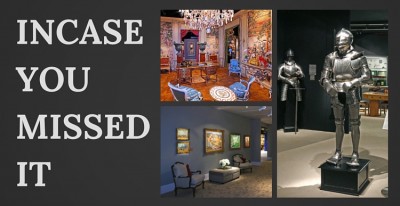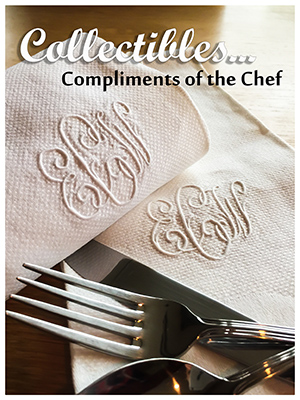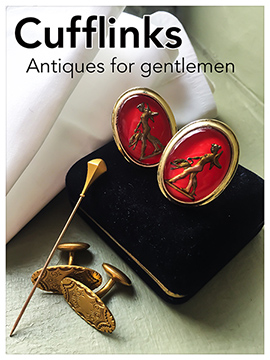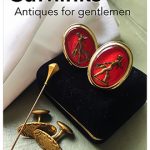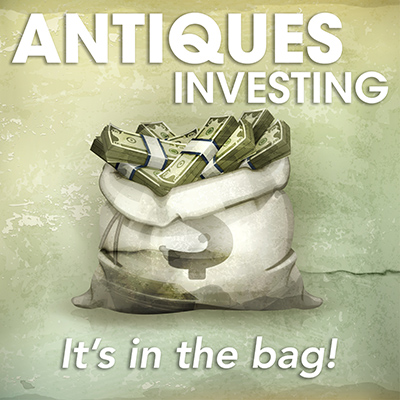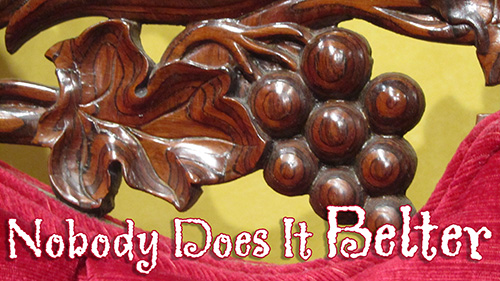
 It used to be a given among older antiques dealers that, whenever someone would mention modern furniture, someone would always bemoan the state of contemporary cabinetmaking and assert that it was all cheap and that everything was made out of plywood. And, whenever I heard it, I always laughed a to myself because, particularly at that time, no 19th century cabinetmaker’s work was more universally revered and sought after than that of John Henry Belter, whose ground-breaking techniques virtually defined the Roccoco Revival movement using what was, essentially, plywood.
It used to be a given among older antiques dealers that, whenever someone would mention modern furniture, someone would always bemoan the state of contemporary cabinetmaking and assert that it was all cheap and that everything was made out of plywood. And, whenever I heard it, I always laughed a to myself because, particularly at that time, no 19th century cabinetmaker’s work was more universally revered and sought after than that of John Henry Belter, whose ground-breaking techniques virtually defined the Roccoco Revival movement using what was, essentially, plywood.
OK, granted, it was rosewood and mahogany and such, but the fact remains that laminated layers of wood were being used during the Roccoco Revival period to allow craftsman to carve exquisitely-detailed and dramatically-curved designs that appeared delicate and fragile without sacrificing structural integrity.
Belter (a German immigrant working in New York) was not the first to employ this technique, but he unquestionably perfected it. While his competitors may have used three to five layers of wood, Belter would use six or more, rendering a final outcome of exceedingly better quality and strength. His carvings were far more ornate with his fruit and floral motifs, setting him decidedly apart from others who produced similar work, such as J & JW Meeks (also working in New York) and Mitchell & Rammelsberg of Ohio.
 Despite many imitators, identifying a Belter piece isn’t that difficult if you’re an antiques collector who knows what to look for. Some are actually marked under the seat, but they are usually missing, as he tended to use paper labels that easily became lost over time. On Belter beds (the holy grail of Belter pieces in my opinion), there were often identifying stamps on the bed frame stretchers or inner blocks. However, since Belter typically used six or more layers of laminated wood in his carvings, you can usually formulate an educated guess at origin by counting the layers at the exposed edge of the piece.
Despite many imitators, identifying a Belter piece isn’t that difficult if you’re an antiques collector who knows what to look for. Some are actually marked under the seat, but they are usually missing, as he tended to use paper labels that easily became lost over time. On Belter beds (the holy grail of Belter pieces in my opinion), there were often identifying stamps on the bed frame stretchers or inner blocks. However, since Belter typically used six or more layers of laminated wood in his carvings, you can usually formulate an educated guess at origin by counting the layers at the exposed edge of the piece.
Belter pieces are less common today than in the past (which has only increased demand and value for antiques dealers), but they do pop up from time to time. Of course, price will be affected by how elaborate a piece is.
You can easily find online examples of his well-known patterns like Fountain Elms, Rosalie with Grapes, Rosalie without Grapes, etc. Knowing some of these defining patterns will also help you learn to spot more subtle identifying features in his work.
Roccoco furniture, I’ve found, is like licorice. Antiques collectors either love it or they hate it. But even if it’s not “your thing,” it’s hard to be unimpressed with the pinnacle of any style.
You never know when you might come across a Belter piece at a Palm Beach Show Group show. Upcoming shows are in Los Angeles on January 27-31, Palm Beach on February 10-16, and Naples on February 19-23.
